The BMW iX3 is the manufacturer’s first all-electric SUV. It comes at an interesting time, as it coincidences with the launch of the iX; the larger, more powerful and pricer all-electric SUV from the German automaker.
Indeed, the iX3 is roughly £10,000 cheaper than the newly launched iX and is heavily based on the regular internal combustion engine (ICE) model, the X3. In turn, the latter petrol variant is around £13,000 cheaper than its fully electric sibling.
If you’d prefer to watch a review of the BMW iX3, head on over to our YouTube channel.
BMW iX3 price & competition
When it comes to its asking price, the iX3 sits at the higher end of the all-electric SUV market. It starts from £59,730 for the Premier Edition/M Sport and starts from £62,730 for the Premier Edition Pro/M Sport Pro.
A little note on the variants: BMW replaced ‘Premier Edition’ with ‘M Sport’ after it first launched in 2020. Here, the automaker updated its EV in July 2021 to bring the exterior design in line with the ICE-based X3 facelift, and is therefore offered in the M Sport and M Sport Pro configurations, only.
On review is the Premier Edition Pro, which has fewer vents on the front and rear bumpers, has protruding silver side skirts, non-body-coloured wheel arches, a non-chrome finish around the kidney grilles, doesn’t have black contours around the front and rear lights, and features a silver BMWi badge by the front wheel arches instead of a vent with an M badge.
The powertrain, interior and equipment are otherwise the same; below you’ll find what comes as standard in both the Pro and non-Pro trims (click to expand):
As for its competition, there are numerous premium all-electric SUVs to consider: the Audi Q4 40 e-tron from £44,990 (316 WLTP); the Mercedes EQA from £44,495 (263 miles WLTP); the Volvo XC40 Recharge Twin at £49,950 (259 miles WLTP); the larger Audi e-tron at £62,025 (227-271 miles WLTP); the Jaguar I-Pace at £65,245 (292 miles WLTP); the Mercedes EQC at £65,720 (255 miles WLTP); and the Tesla Model X at £98,980 (360 miles WLTP).
Past these brands, there are others you might want to consider: the MG ZS EV starts from £26,095 (163 miles WLTP); the Kia Soul EV, e-Niro ‘2 64’ and the Hyundai Kona Electric Premium 64 kWh (282 miles WLTP) all come in at £32,445. The Skoda Enyaq iV 60 (256 WLTP) starts from £32,010, while the larger battery variant, the Enyaq iV 80 (331 WLTP) starts from £39,365. Likewise, the Volkswagen ID.4 has a similar configuration, with the 52 kWh battery pack model (213 WLTP) coming in at £32,495, and the 77 kWh variant (310 WLTP) starting from £42,020.
There is also the Citroen e-C4 (217 miles WLTP), which starts from £30,895 and the Peugeot e-2008 from £30,730 (206 miles WLTP); the Mazda MX-30 SE-L Lux that costs £26,715 (124 miles WLTP). You’ve then got the MG5 EV, an all-electric estate with a claimed range of 214 miles at £25,095 and the Long Range model (250 miles WLTP) that starts from just £26,495.
Read next: Audi e-tron review: Best premium all-electric SUV?
BMW iX3 exterior review
Given the iX3’s asking price, one would expect a premium design and here, BMW has delivered. Be it pictured Premier Edition or the newer M Sport model, the German automaker provides a stylish look that fits with the manufacturer’s DNA. It’s aggressive, sporty and yet looks like an expensive SUV.
At the front, there’s a large-sized kidney grille, which is unsurprisingly covered up by a plastic cover with smart detailing. On either side, there’s the signature BMW headlights with its unique U-shaped lights – for an additional £1,500 you can upgrade these to the ‘Laserlights’ system for improved visibility, too.
Around the side, you’ll find 19″ Bicolour Jet Black Aero style 842 alloy wheels in the non-Pro model, and top-spec variant 20″ Bicolour Jet Black Aero style 890 M alloy wheels. It’s also great to see BMW has unified the side profile by integrating body-coloured wheel arches and side skirts, and removed the rather intrusive BMWi badge by the wheel arches.
At the back, its design has got BMW written all over it – from the headlights to the rear bumper that integrates cut-outs for where the exhaust outlets would have been in the petrol- or diesel-powered X3. As standard, these accents alongside some detailing at the front of the vehicle are painted in blue; however, one can opt for the ‘Frozen Grey exterior design elements’ option, which comes at no additional cost.
As for the paint, Carbon Black, Sophisto Grey, Phytonic Blue and the pictured Mineral White all come as standard. In fact, the only other option aside from the headlights is the £850 towbar.
Read next: Volkswagen ID.4 review: Better than the VW ID.3?
BMW iX3 interior review
Its interior can also be customised to your liking at no additional cost. The upholstery is available in Mocha with Night Blue Contrast Stitching Vernasca Leather, Black with Blue stitching Vernasca leather, or Oyster with Grey contrast stitching Vernasca leather. You can also pick between the three interior trims: Aluminium Fine Cutting with Pearl Chrome Interior Trim, Aluminium Rhombicle with Pearl Chrome, or High-gloss Black with Pearl Chrome Interior Trim.
In terms of its design, it’s similar to other BMW vehicles whereby the upholstery feels luxurious and the abundance of physical buttons is greatly appreciated. Here, unlike many of its rivals, BMW has stuck to its guns with an old-fashioned cockpit, and we’re pleased as it’s much more practical than having to faff around with capacitive sliders or touch-based buttons.
Buy a car phone mount on Amazon (Affiliate)
In fact, the automaker has given plenty of thought in this department, as the 10.25″ infotainment display can be controlled via touch input, through the physical buttons found on the left-hand side of the steering wheel, via the centre rotary dial and in the Pro models, you can even use hand gestures. While we don’t find the latter mode convenient, it’s there should you wish to use it.
Given its old-school approach, one might think that technology has been left behind but that’s anything further than the truth. For example, the centre-weighted display supports Android Auto and Apple CarPlay, both through a wired and wireless connection. Should you use routing via one of these operating systems, it’ll smartly show up on the 12.3″ instrument cluster, and better still in the Pro model, via the fantastic Head-up Display. Here, the HUD shows all the required driving information and other than navigation data, it also indicates media playback when you, as the driver, change tracks via the physical buttons found on the right-hand side of the steering wheel.
On the subject of entertainment, there’s a ‘Stereo speaker’ setup with 100 Watts in the non-Pro model, while a 16-speaker Harman Kardon system with 600 Watts features in the Pro trim. If you’d like to hear how the latter system performs, watch our detailed review on YouTube.
BMW iX3 storage review
When it comes to storage, the iX3 is spacious. Within the cabin, there’s a wireless Qi smartphone cradle (large enough for modern smartphones) and two cupholders that reside under the retractable cover, at the front of the centre console. You’ll also find a USB Type-A port and a cigarette lighter in this area. Further down, the armrest has a compartment large enough for a small-to-medium-sized purse or wallet. Here resides a USB Type-C port for charging, too. There are a further two Type-C ports for rear occupants, alongside climate controls.
As for the door bins, they’re plenty large and will easily accommodate a 500ml bottle, be it at the front or rear of the cabin. Should rear occupants want to take a coffee with them, two cupholders can be found within the pull-out centre armrest. A fabric-lined compartment also features, allowing for jewellery or smartphones to be transported without rattling around.
The iX3’s real selling point, however, is its rear boot capacity. There’s 520 litres in total, and 1,560 litres with the seats propped down. Unfortunately, due to the vehicle’s design being based on the X3, there’s no frunk storage.
Here’s how the BMW stacks up to its all-electric rivals: the original Audi e-tron (660/1,725 litres); Skoda Enyaq iV (585/1,710 litres); VW ID.4 (543/1,575 litres); Audi Q4 e-tron (520/1,490 litres); Kia e-Niro (451/1,405 litres); MG ZS EV (448/1,375 litres); Peugeot e-2008 (434/1,467 litres); Kia Soul EV (315/1,339 litres); Mercedes EQA (340/1,320 litres); Citroen e-C4 (380/1,250 litres); Mazda MX-30 (341/1,146 litres); Hyundai Kona Electric (332/1,114 litres). As for the MG5 EV estate, it offers 464 and 1,456 litres, respectively.
But it’s not just the sheer amount of space available but the design of the boot, which is stellar. For starters, there’s an underfloor compartment to store your charging cables and the retractable boot cover. Then beside this, there’s a side compartment that allows for easy access to smaller goods. Nets, fixing points and a 12V socket also bolster the experience.
Elsewhere, the rear seats can be easily brought down through the use of a release latch from the back of the vehicle. Here, there’s a 40:20:40 split-folding design, which makes it convenient to take elongated goods; the flat loading bay, alongside the minor boot lip, also means taking heavier or larger valuables is a breeze.
Further, the boot lid can be electronically opened by pressing the button found above the number plate, activating the lever by the driver’s side door or long-pressing on the appropriate button found on the remote. In the Pro model, one can also access the boot via a kick function where a sensor under the rear bumper allows you to open the boot without needing to use your hands – you’ll need to have the remote in your possession in order for this to work, however.
Suffice to say, it’s practical, and it’s also refreshing to see that the button found within the cabin allows you to close the tailgate, too. Of course, there’s one found within the inner part of the boot lid that allows for this function, too.
Read next: Kia e-Niro review: The best all-electric SUV?
BMW iX3 comfort review
Its spacious design also plays a role in the vehicle’s comfort levels. Both at the rear and front of the cabin, 6-foot 4-inches (193cm) individuals can be seated without the slightest discomfort – there’s plenty of headroom and legroom. In fact, at the back, the two main seats can also be very slightly reclined. At the front, the seats are electronically adjustable with memory function and are heated as standard. In the Pro model, you’ll find electronic lumbar support, too.
In terms of the seats themselves, they’re soft and accommodating; plus given the adjustment at the front, you can find your preferred driving position with ease. Elsewhere, it’s great to see BMW hasn’t opted to use a pressure sensor within the driver’s seat – a feature that’s increasingly being used by other manufacturers, which powers on the vehicle when the driver is sat, but equally powers it down as soon as he or she leaves the vehicle; not all that convenient if you have other passengers.
As for cabin noise, BMW provides one of the most silent interiors we’ve tested to date. At least in the Pro model, which features acoustic glazing, we noted very low decibels and minimal tyre or wind noise. You can find a bit more on the subject by reading our dedicated audio review.
BMW iX3 performance review
Naturally, this leads us to its adaptive suspension setup, which is unsurprisingly a little stiff. BMW is, at least in our opinion, renowned for its sporty configuration and the iX3 is no different. Even when lobbed in its ‘Comfort’ mode, which softens up the suspension and loosens the throttle response, potholes and speed bumps can still be felt.
On the plus side, there’s very little body roll for a vehicle of its size, especially if you select ‘Sport’ mode. Indeed, the iX3 is very controlled around windy roads and provides that much-loved driver’s feel – a characteristic that’s lost in most larger-sized EVs. We’d even go as far as saying that it’s the best driving dynamics one can attain in an electric SUV.
However, despite all its positive traits, there are aspects of BMW’s electric SUV that we feel miss the mark, namely over some of its competitors. For example, unlike its all-wheel-drive (AWD) sibling, the iX, the SUV on review is offered only with a rear-wheel-drive (RWD) configuration; while this won’t bother many and will please those coming from a front-wheel-drive (FWD) car, it fundamentally can’t be used in off-road terrain nor can compete with the level of grip of AWD vehicles, such as the Volvo XC40 Recharge Twin Pro, or the dual-motor variants of the Volkswagen ID.4, Skoda Enyaq iV, Audi Q4 e-tron and Mercedes EQA.
Similarly, it doesn’t offer the same level of performance as most of its dual-motor rivals, where the iX3 has a single rear-mounted motor that dispatches 210 kW (282hp) of power, 400 Nm of torque and attains 60mph from a standstill in a tested 6.28 seconds. Despite a powerful single-motor setup, it’s no match for the Volvo XC40 Recharge Twin. Here, the fully electric Volvo outputs 304 kW (408hp) of power from its two motors, where it generates 660 Nm of torque and will launch to 60mph in a blistering 4.51 seconds.
Another area of disappointment for the iX3, namely for German consumers, is its top speed. It’s restricted to 111mph, which is disappointing for those who frequent unrestricted roads, such as the German Autobahn.
Buy a car phone mount on Amazon (Affiliate)
Aside from its performance, the BMW also falls short in range. We attained 235 miles from its 80 kWh battery pack on a single charge. Of course, this figure can vary depending on when and how you drive, and its tested figure isn’t too bad considering it beats the likes of the Mercedes EQA (210-220 miles), and the 2019 Audi e-tron (190-200 miles). However, past these two premium SUVs, the Volvo XC40 Recharge Twin Pro achieves 240-250 miles, the Audi Q4 e-tron, Volkswagen ID.4, Kia e-Niro, Kia Soul EV, and Hyundai Kona Electric all achieve 260 miles, while the Skoda Enyaq iV nets closer to the 300-mile mark. Frankly, given BMW’s long history in producing EVs and the automaker’s hand in Formula E, we expected more.
Now to maximise range, you’ll want to enable one of the regenerative braking modes. The harshest, B-mode can be selected by shifting left on the physical gear selector found toward the centre console. In this mode, the iX3 can be driven with one pedal only, where it’ll bring the vehicle to a complete standstill; a much-loved feature by EV enthusiasts. It should be noted that the level of harshness is tuned to perfection – it’s not as harsh as the BMW i3 and yet, provides enough stopping power to drive with one pedal only.
Our only complaint about B-mode is how it needs to be initiated each time you step foot inside the cabin and further, the inconvenience it creates if you frequent reverse. See, as the gear lever needs to be popped to the left side for B-mode, for you to go into reverse you’ll need to shift back to drive (‘D’), then shift up to reverse (‘R’); then do the opposite if you want to return to B-mode. We know this might seem trivial to some, but having a dedicated button for B-mode or a configuration through the infotainment system would have been preferred.
Speaking of which, in drive, there are four recuperation levels to choose from via the infotainment system. Adaptive, High, Medium, and Low can be selected from the ‘driving mode’ screen. It’s worth knowing that in its harshest mode, ‘High’, it’s still not as strong as B-mode.
To recharge the vehicle at a more rapid rate, BMW supports 150 kW via its CCS charging port, allowing you to go to 80% charge from empty in 34 minutes. Using a 50 kW charger will take roughly 1hr20mins. As for the Type 2 port, it accepts an 11 kW input, which allows it to go from 0-100% in 7hrs30mins, while a 7.4 kW charge point will take 11hrs30mins, instead.
Read next: Volvo XC40 Recharge Twin review: A powerful luxury electric SUV
BMW iX3 safety review
When it comes to safety, the 2017 Euro NCAP tests for the X3 are also applicable to the iX3 – the organisation validated the pure electric variant in May 2021. Here, the SUV scores highly in its adult occupancy tests, achieving 93% in its category. Child occupancy sits at 84%, which is a respectable score for a vehicle of its class. By comparison, the Audi Q4 e-tron scores 93% and 89%, respectively.
As for its driver assistance systems, the BMW has Active Cruise Control with Approach Control, Active Lane Guidance, Adaptive Distance Control, Automatic Speed Limit Assist, Lane Change Warning, Lane Departure Warning, Lane keeping assistant with active side collision protection, and Steering and lane control assistant. All of which are excellent additions and make motorway driving less stressful; we’re particularly fond of the adaptive cruise control when it’s used in conjunction with the steering and lane assistance.
To heightened the experience, BMW has also included a drive recorder in the Pro model, which records crashes and events automatically for you in case of an accident.
Moving onto visibility, it’s excellent around the cabin. Even small details have been thought through, where the A-pillars, for example, have a swirl-like design in order to reduce the impact on your field of view – smart engineering. Elsewhere, the SUV comes with front and rear parking sensors, and a rearview camera as standard. The ‘Parking Assistant’ and ‘Reversing Assistant’ also help with manoeuvring into tight spaces. In the Pro model, you’ll also get a 360-degree ‘Surround View’ and a ‘Remote 3D View’ of the vehicle, which can be accessed through the infotainment system.
Read next: Hyundai Kona Electric review: Kia e-Niro alternative?
TotallyEV’s verdict on the BMW iX3
Overall, the iX3 is a very complete all-electric SUV that excels in many departments. It’s supremely stylish, practical, spacious and very forward-thinking with its tech and safety implementations.
However, it falls short in two critical areas: performance and range. As a premium EV, we’d expect it to outperform its cheaper rivals and yet, the £52,950 Volvo XC40 Recharge Twin delivers far more power and even beats the iX3 in range. Elsewhere, the £39,365 Skoda Enyaq iV provides an even larger boot while also going north of 300 miles on a single charge. Then, you have the likes of the Audi Q4 e-tron, Volkswagen ID.4, Kia Soul EV, Kia e-Niro ‘2 64’ and the Hyundai Kona Electric that all come in at £32,445 and offer 260miles on a single charge.
Ultimately, it’s hard to recommend the BMW iX3 when there is plenty of premium – or in some people’s eyes – ‘non-premium’ all-electric SUVs on the market. What do you make of BMW’s electric SUV? Let us know in the comments section below or via social media; we’re on: YouTube, Instagram, Facebook, Twitter and LinkedIn.

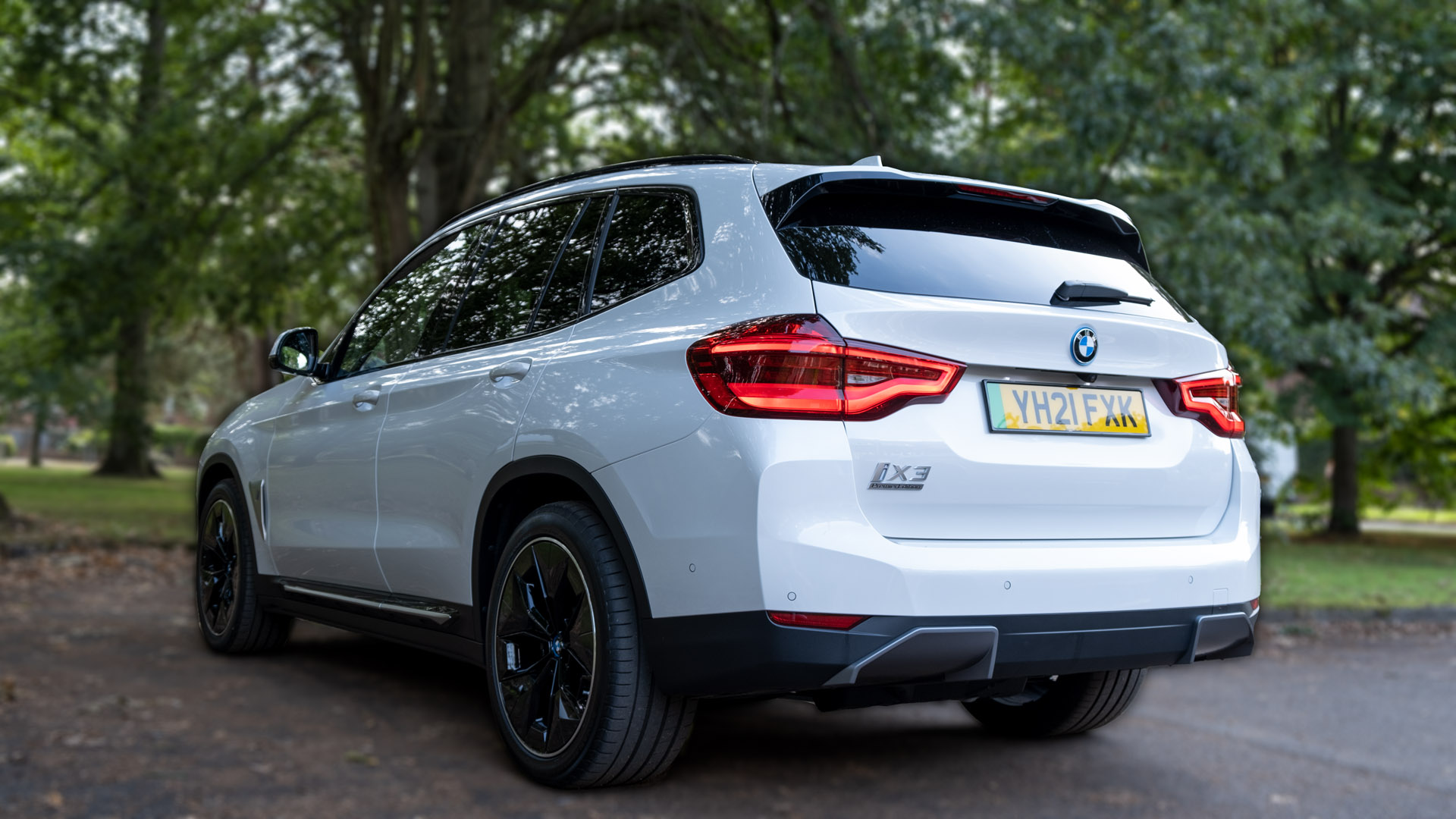
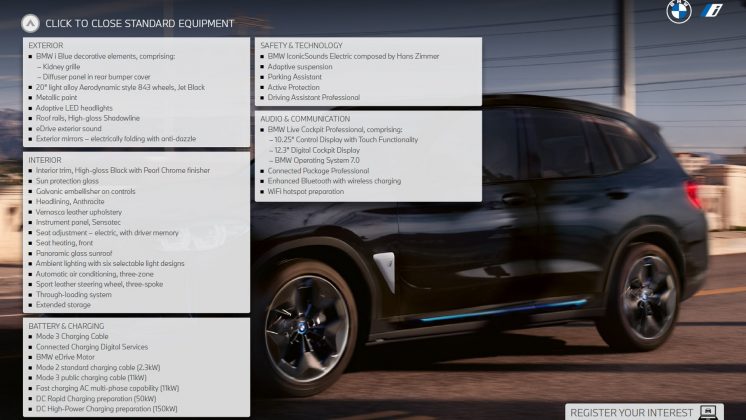
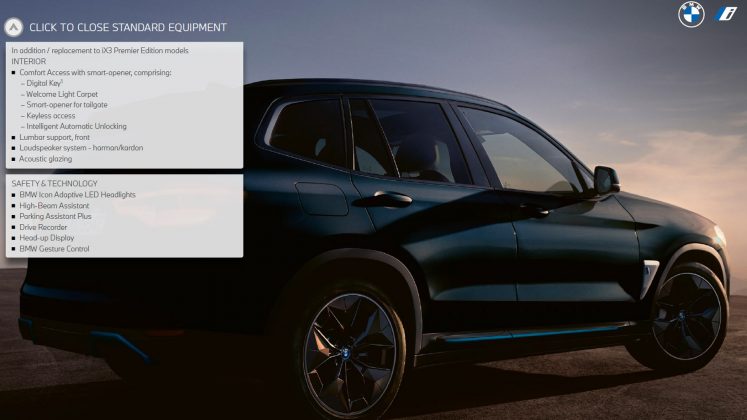
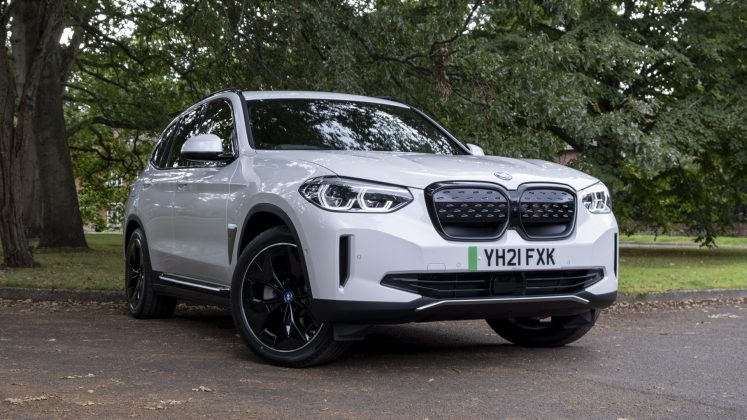
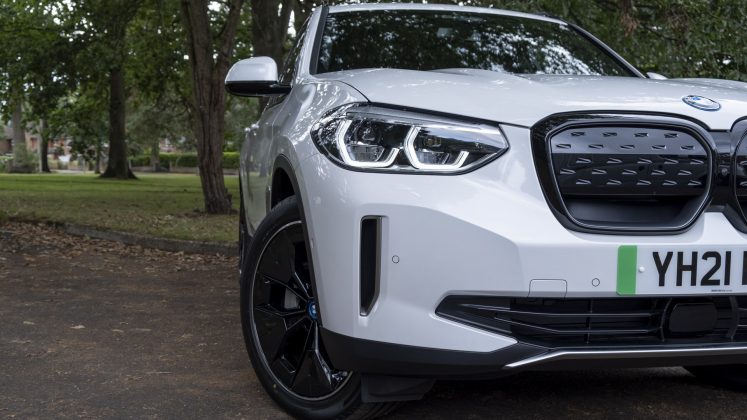
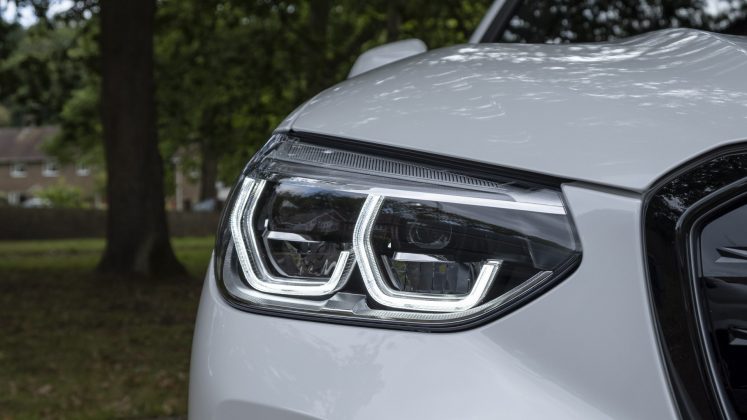
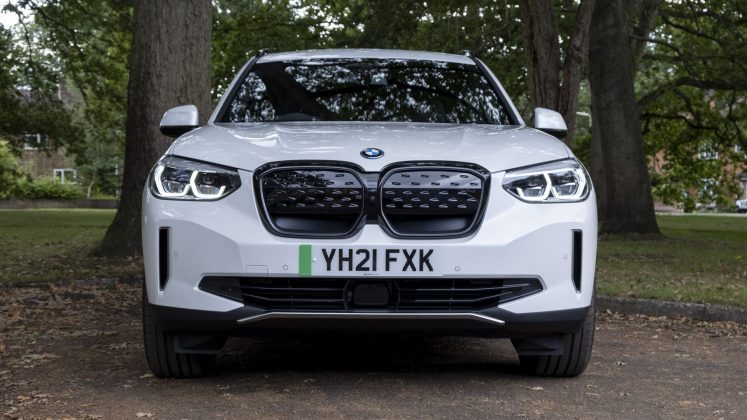
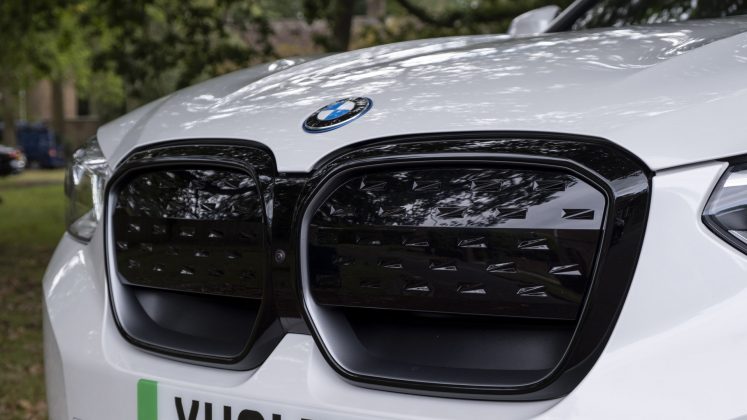
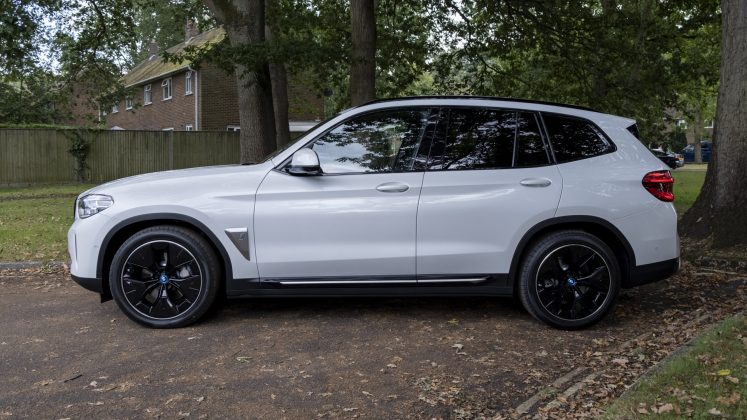
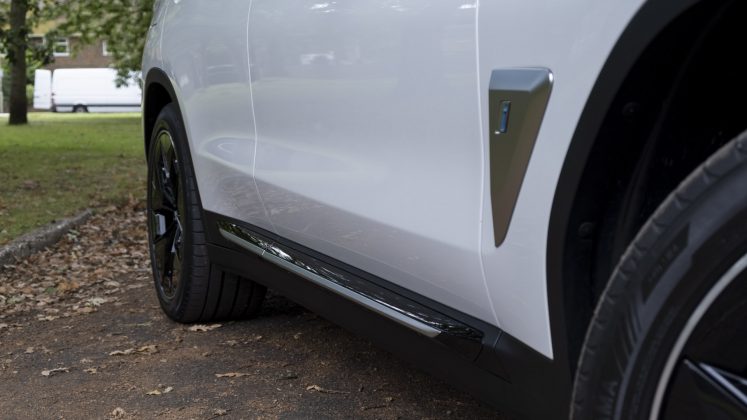
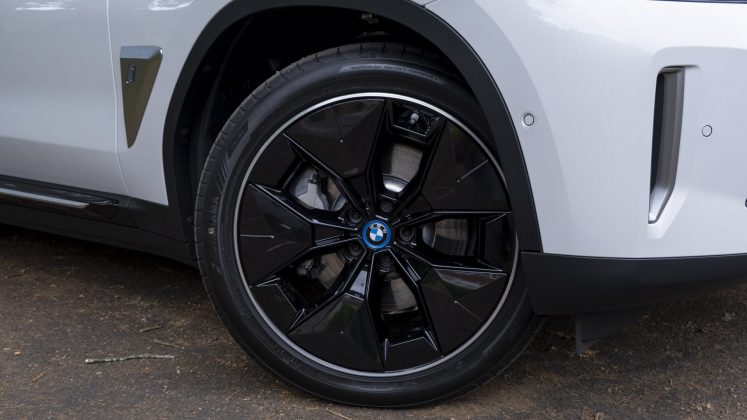
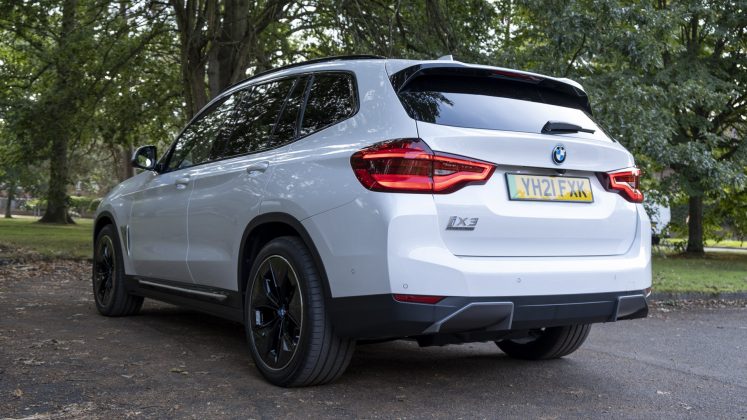
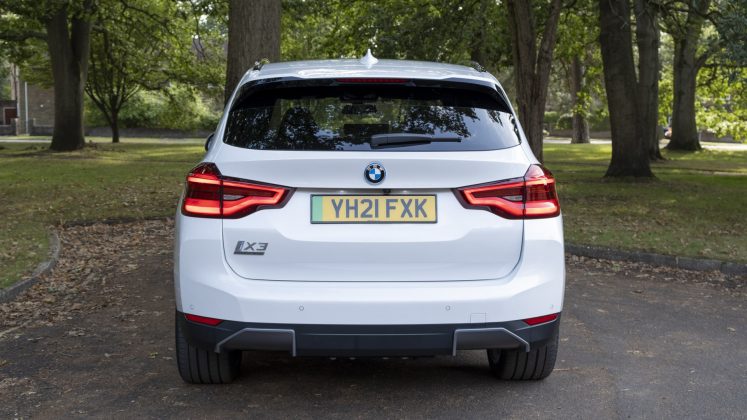
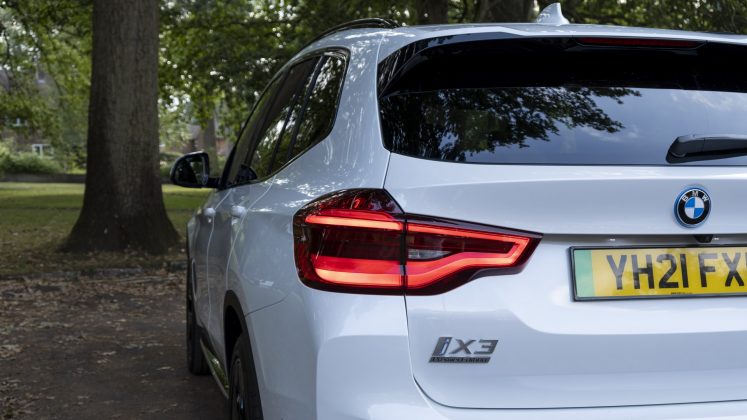
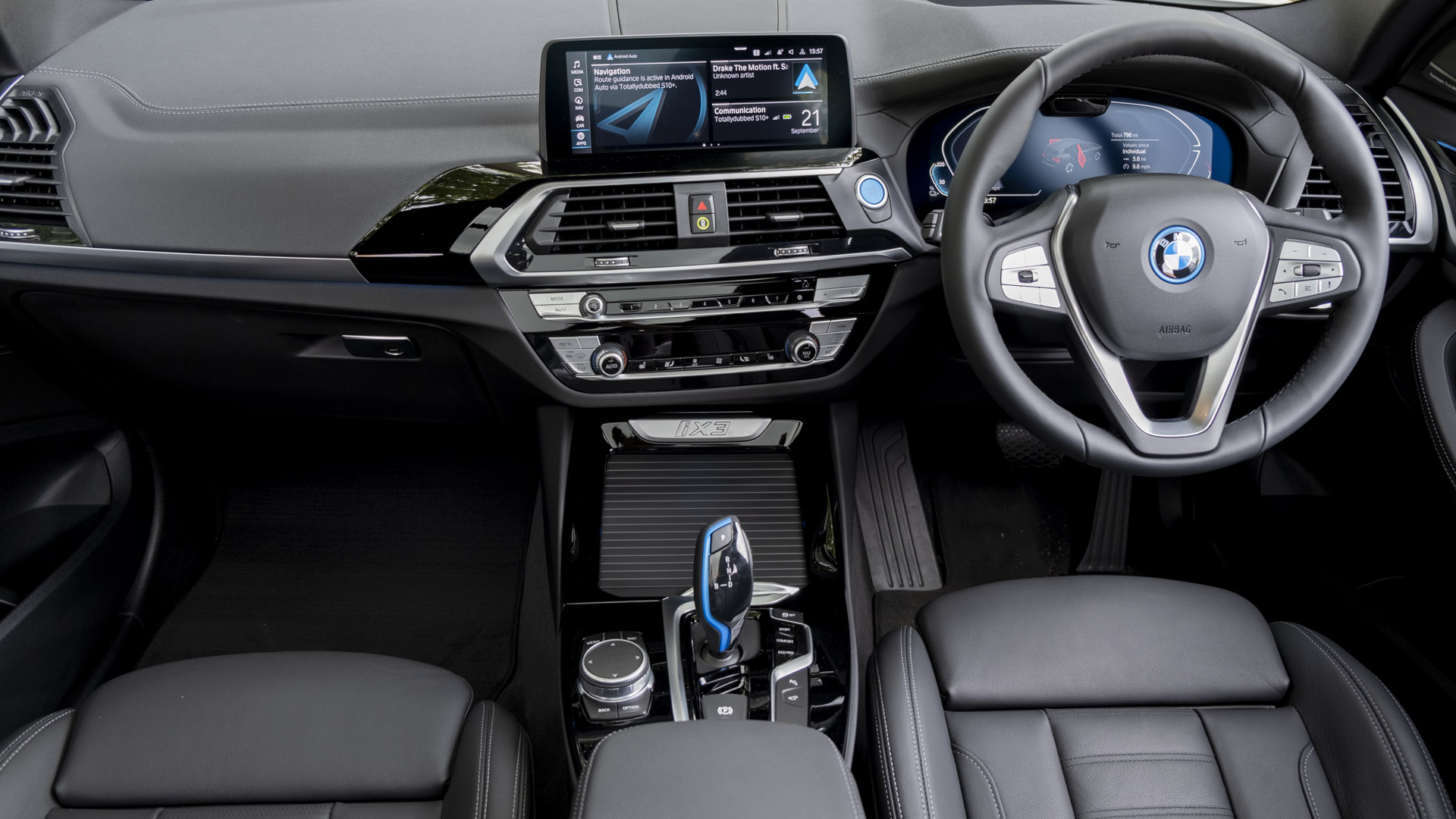
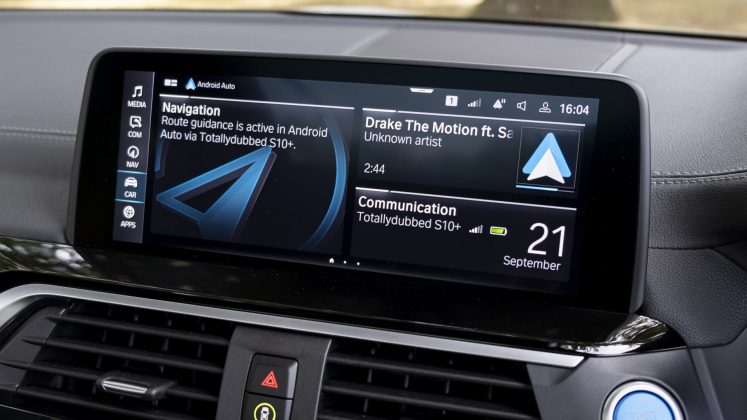
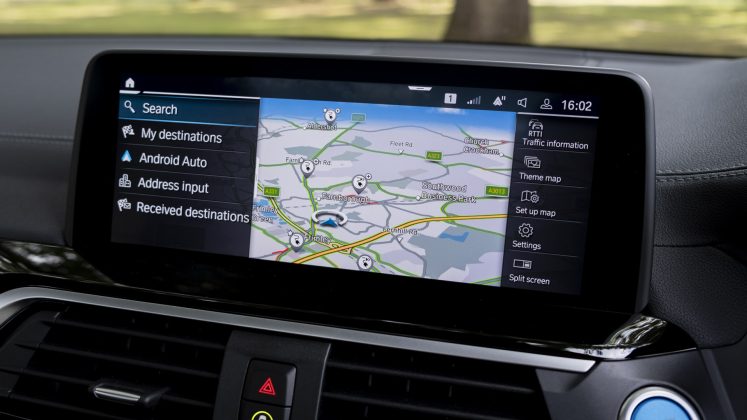
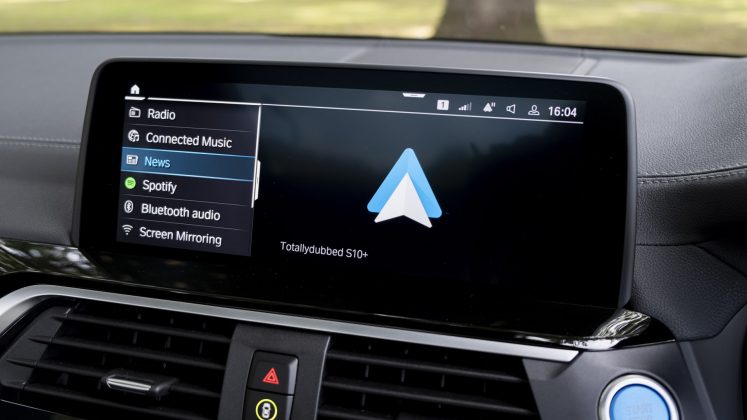
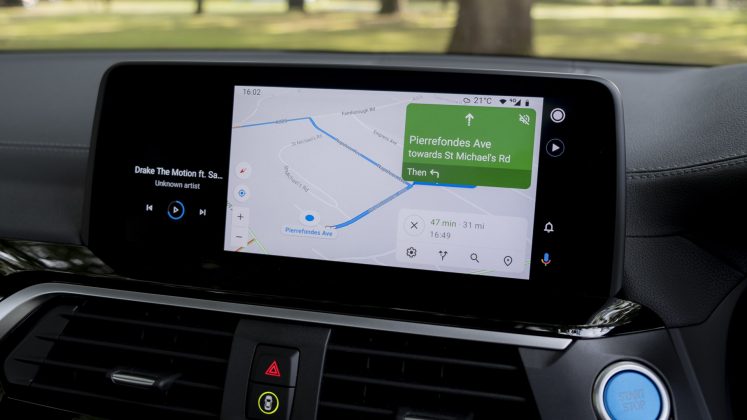
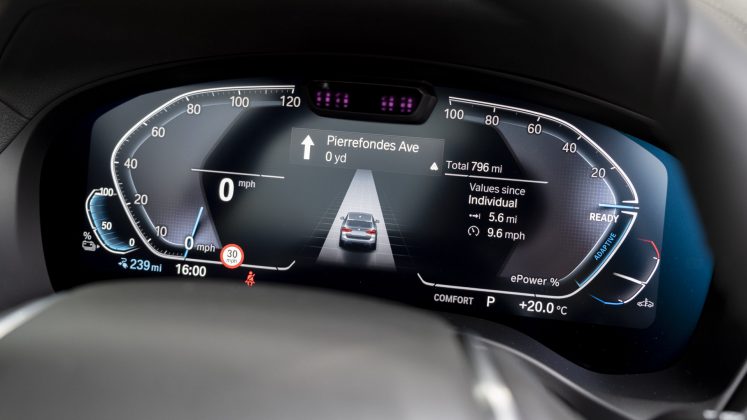
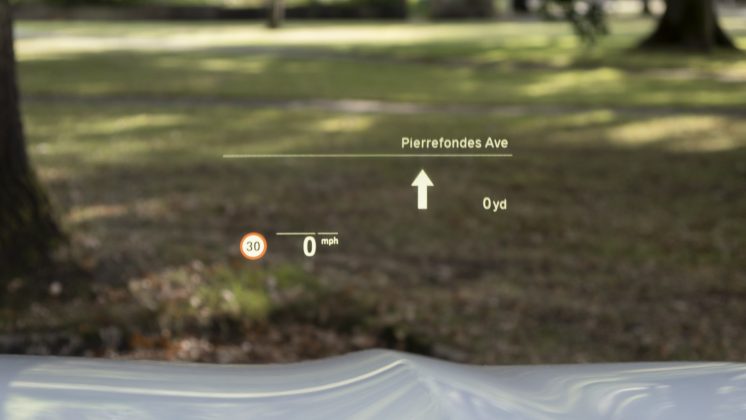
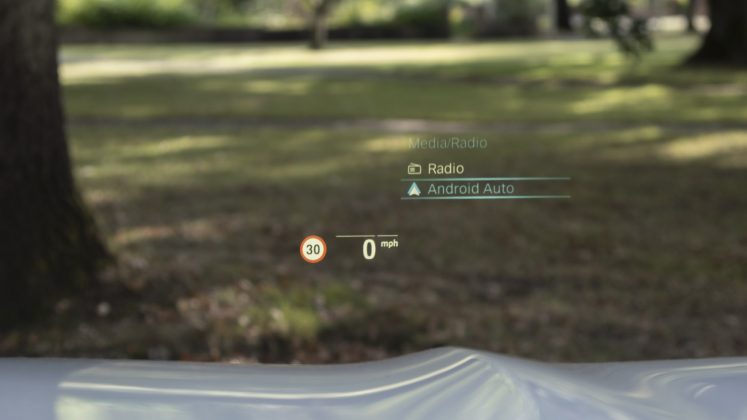
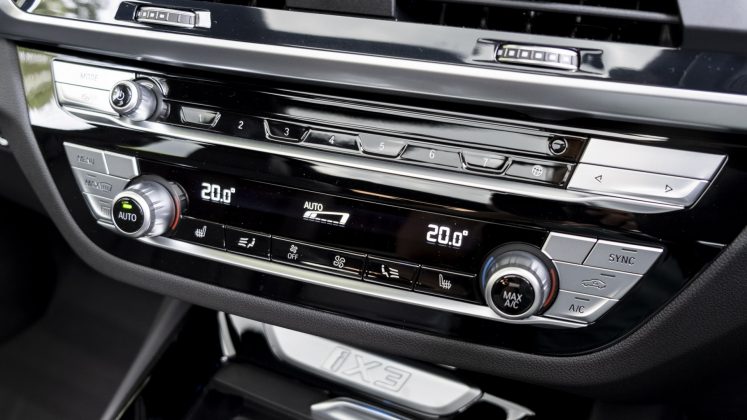
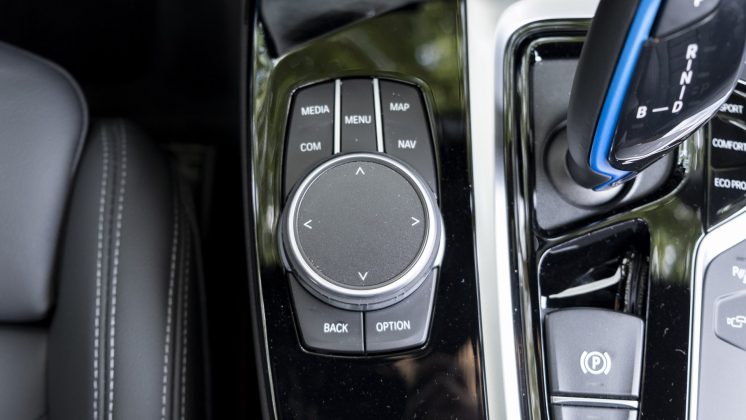
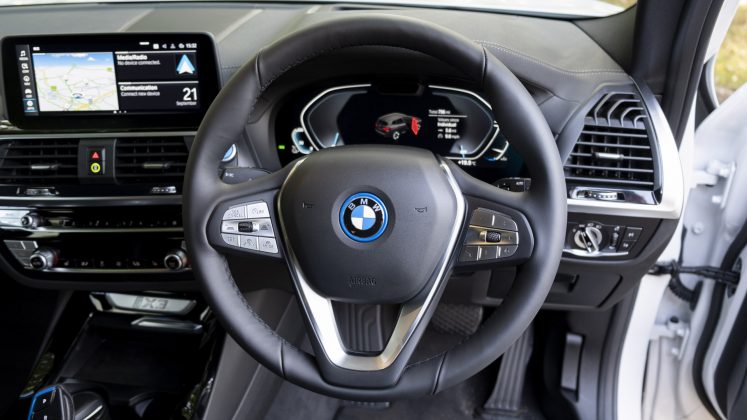
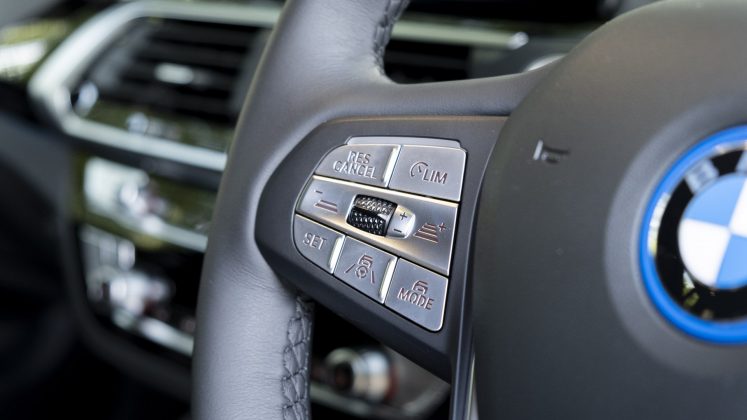
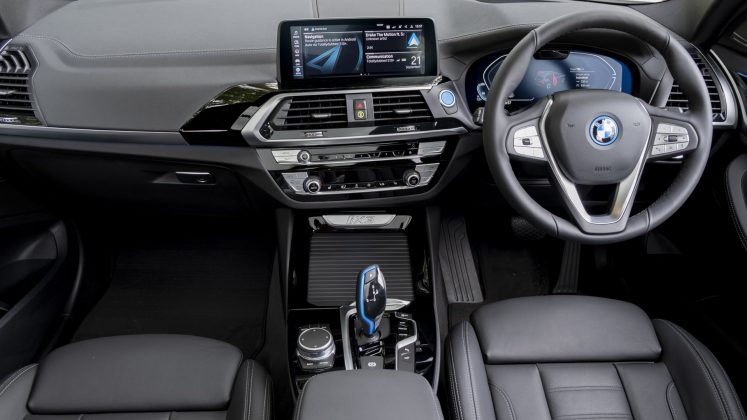
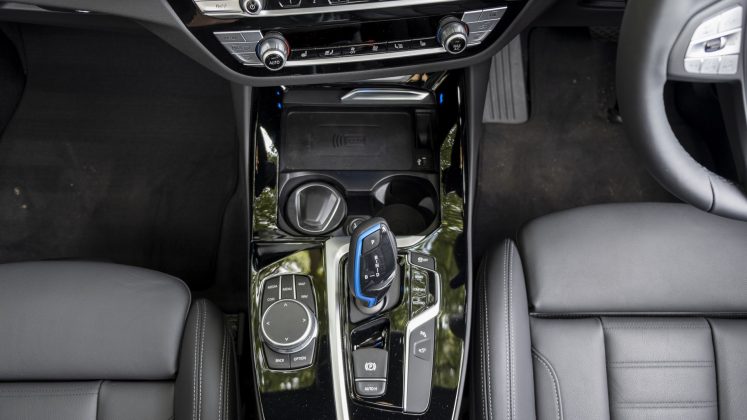
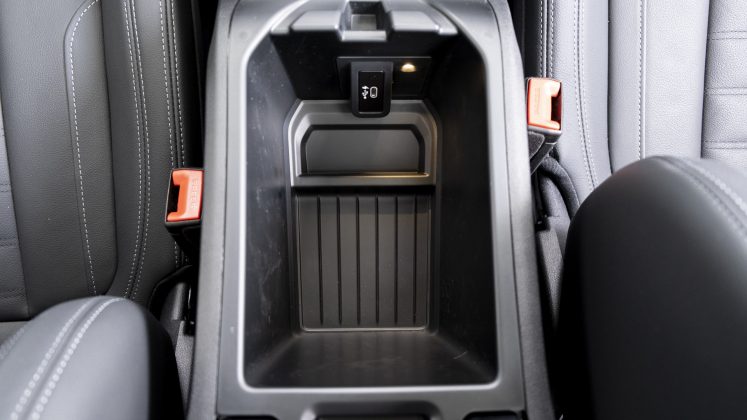
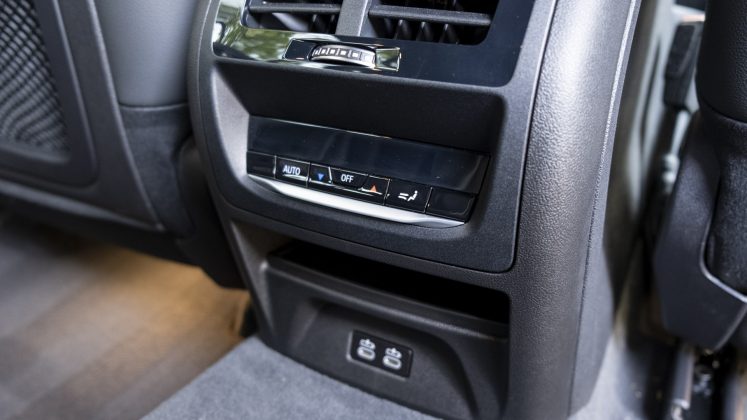
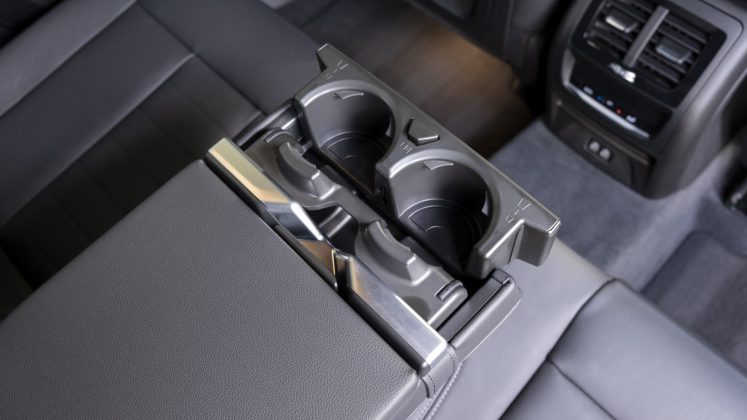
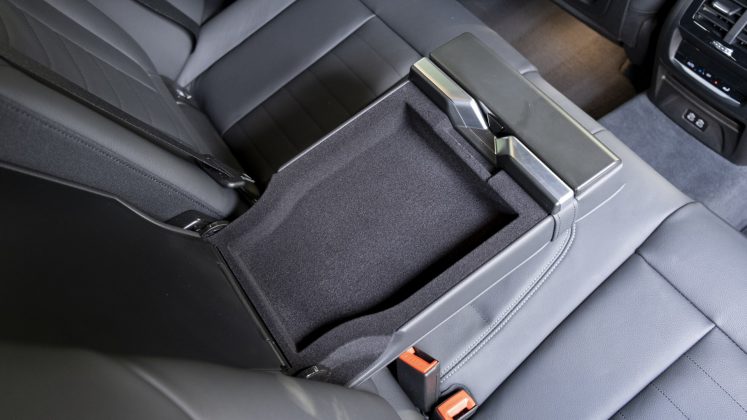
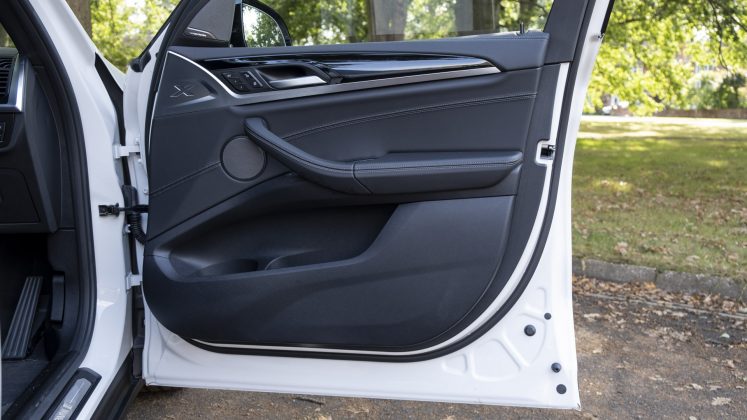
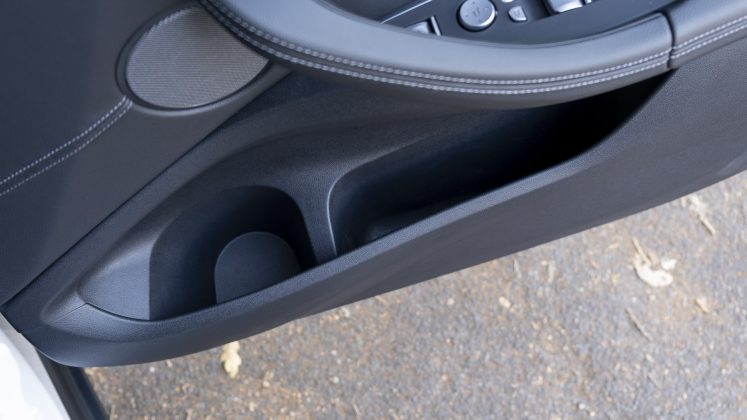
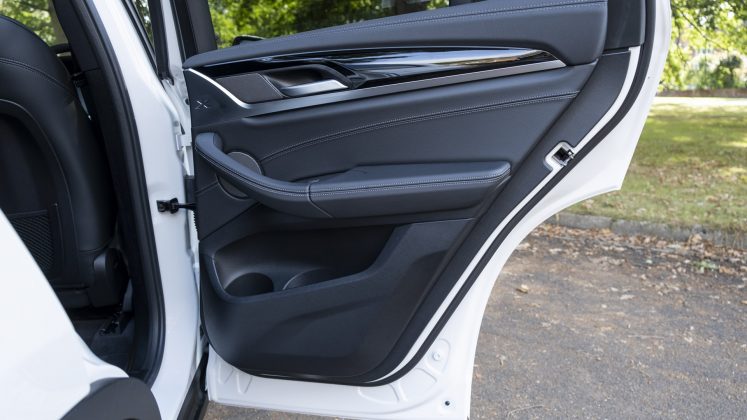
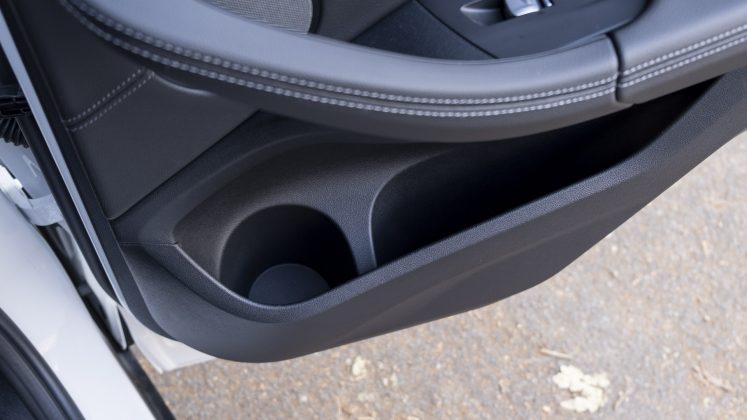
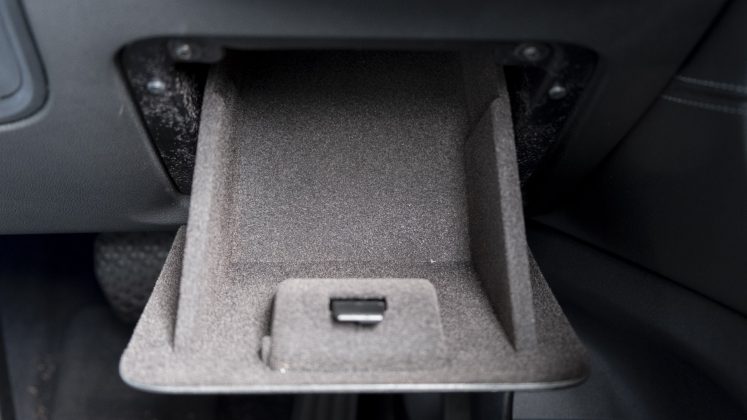
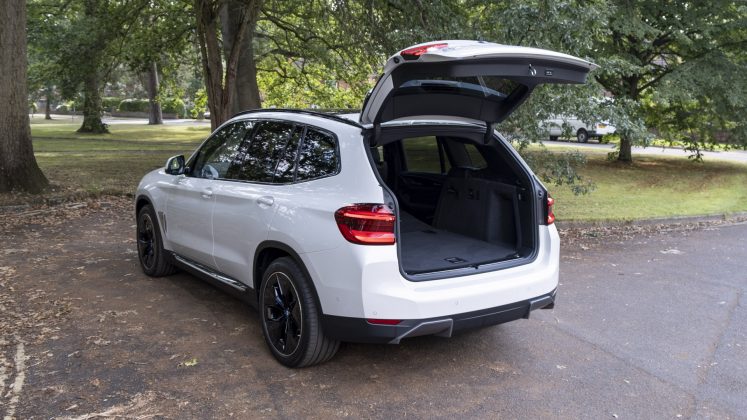
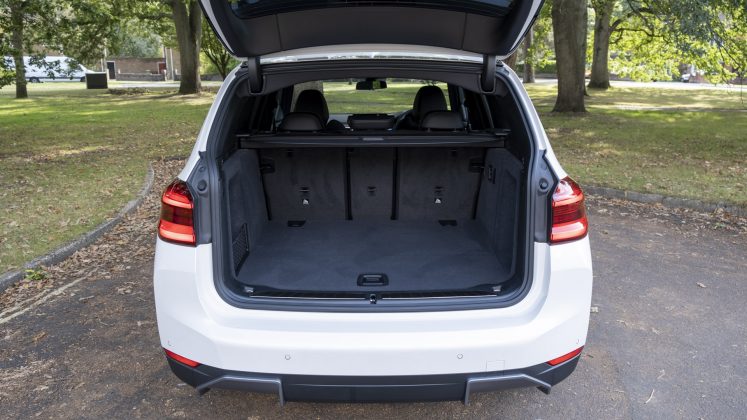
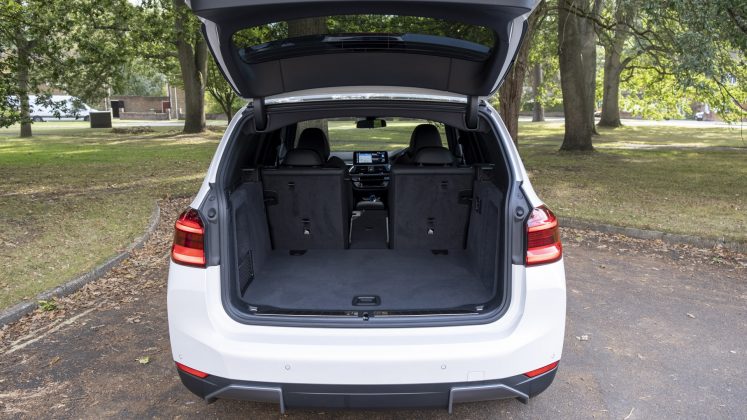
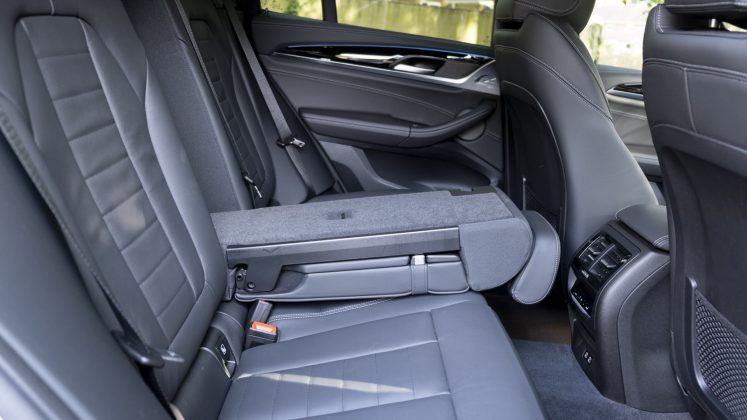
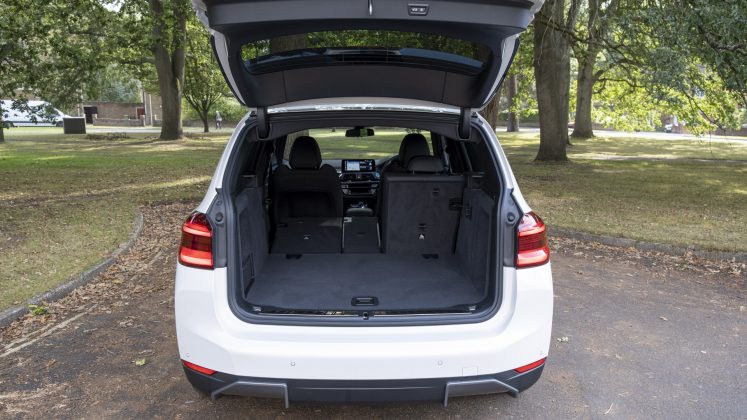
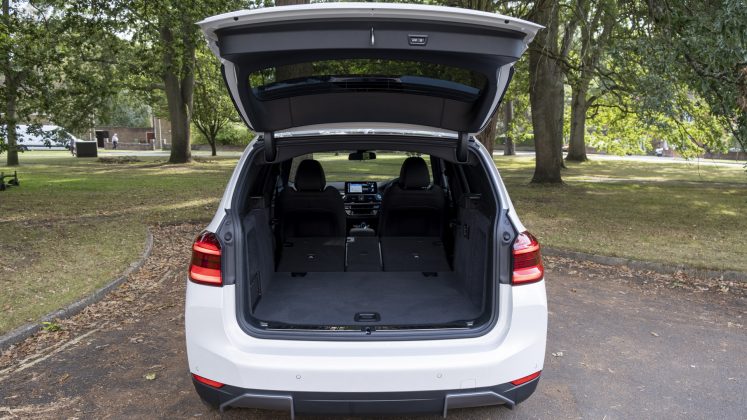
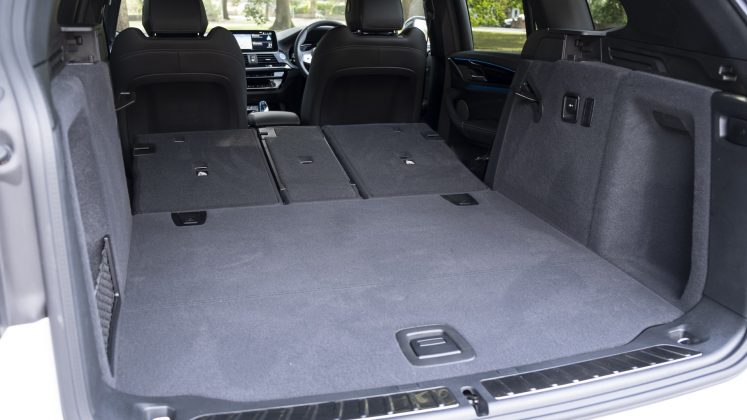
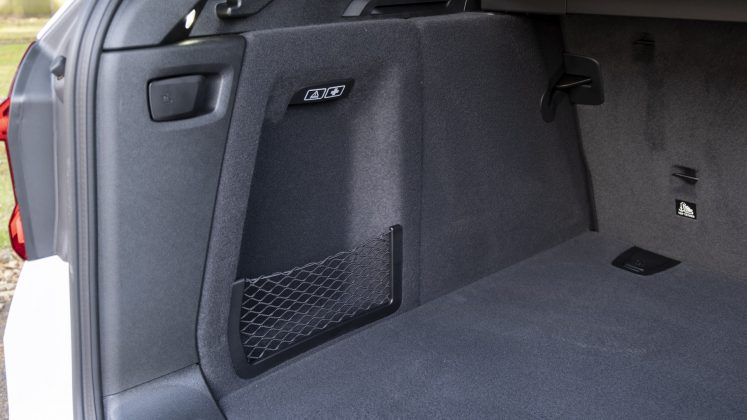
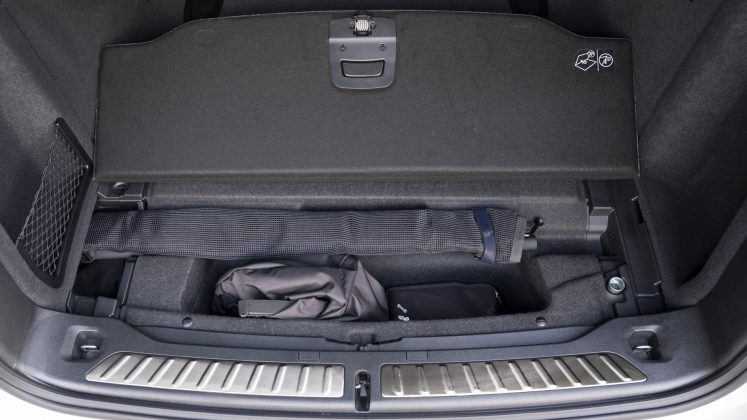
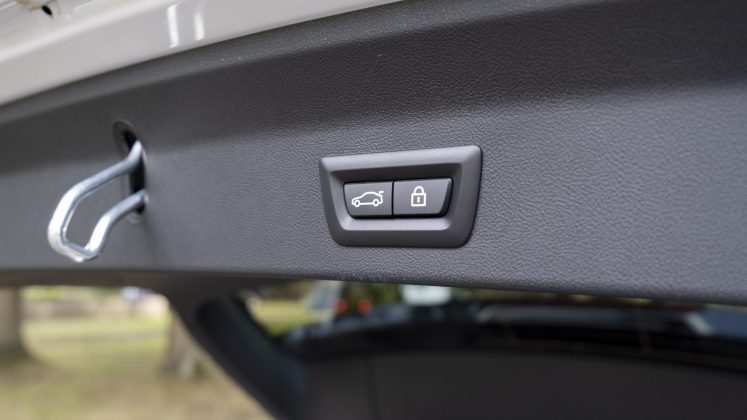
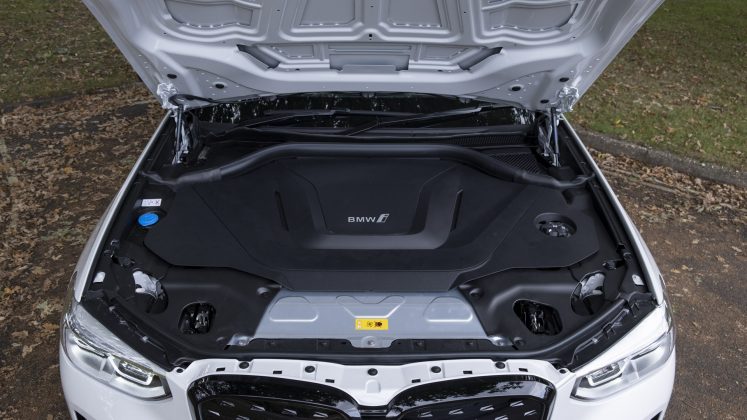
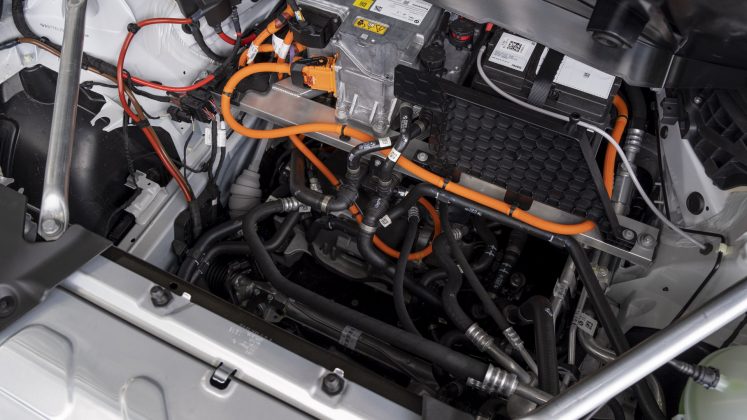
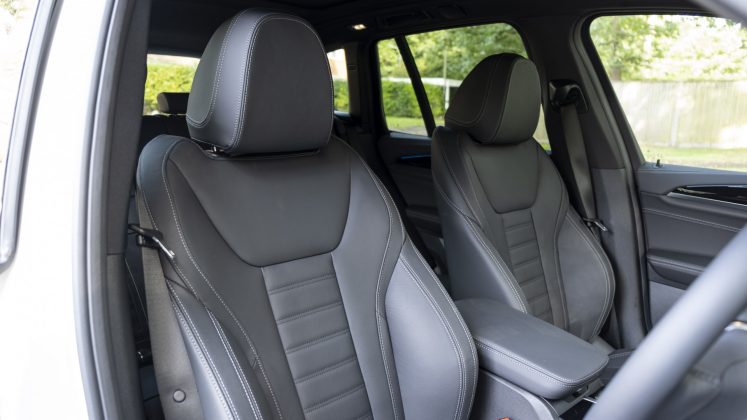
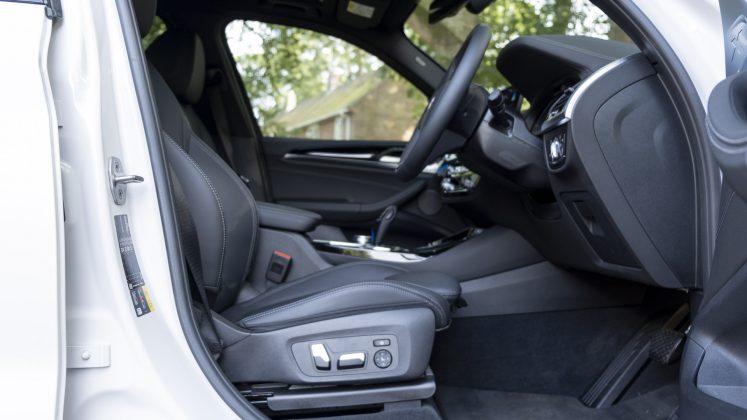
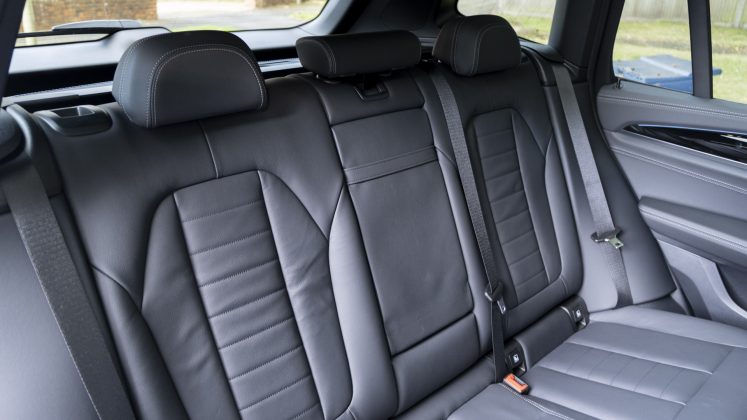
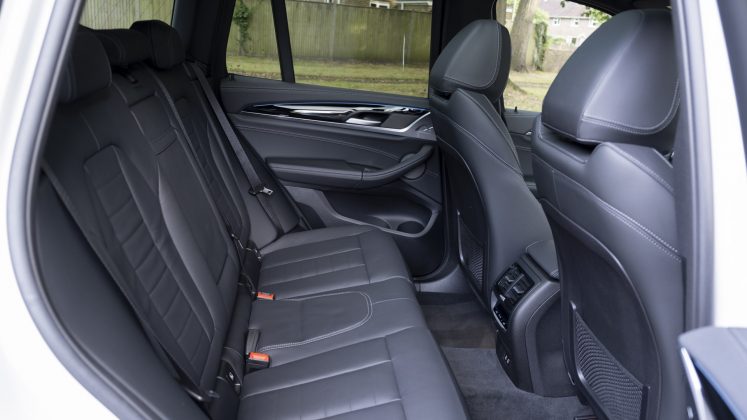
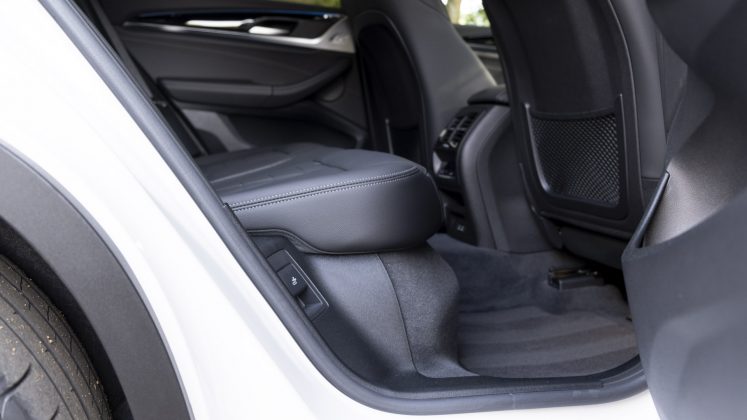
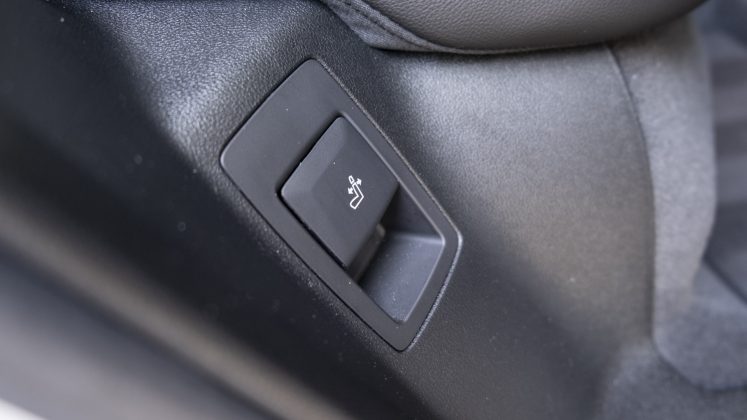

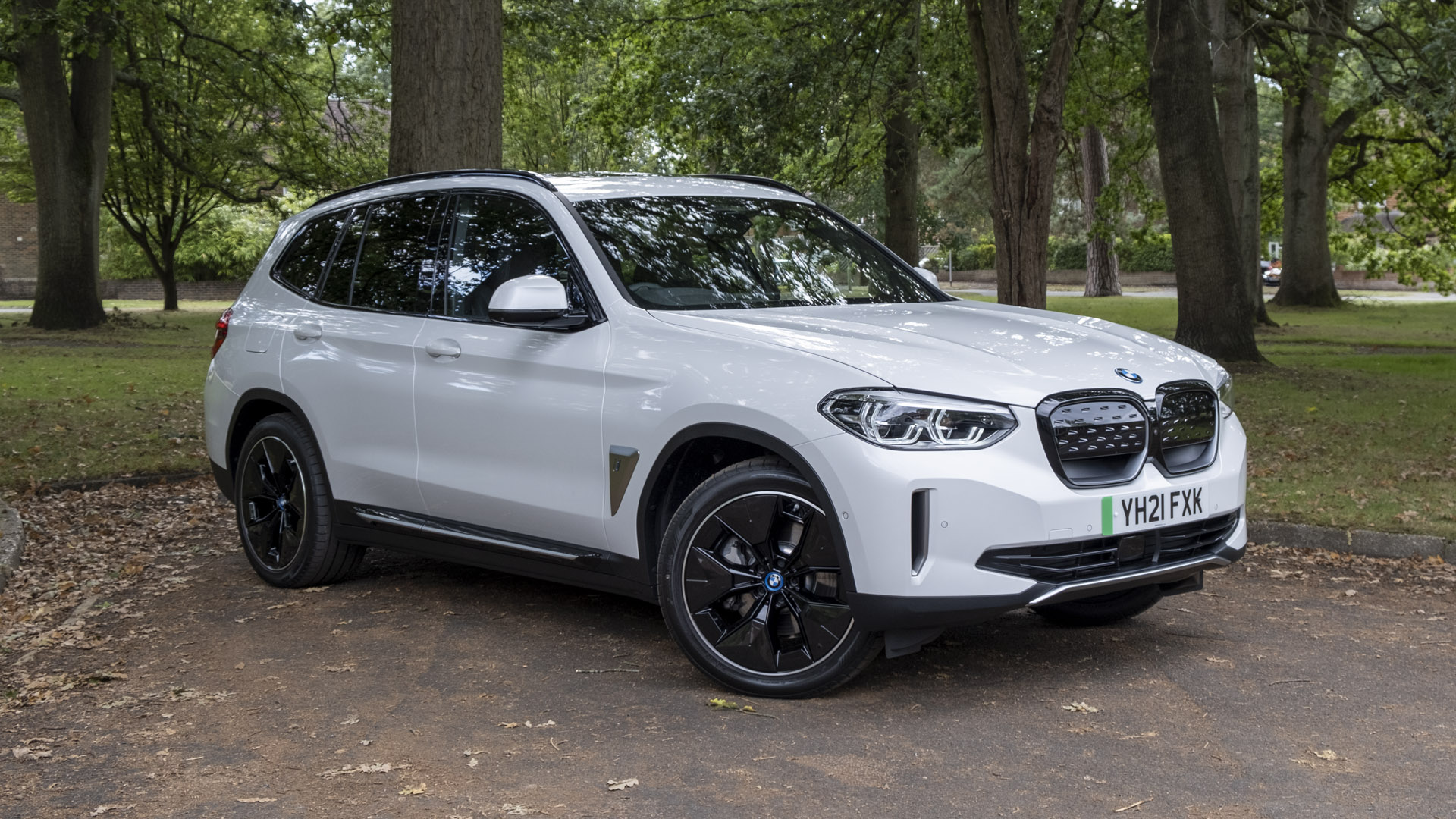
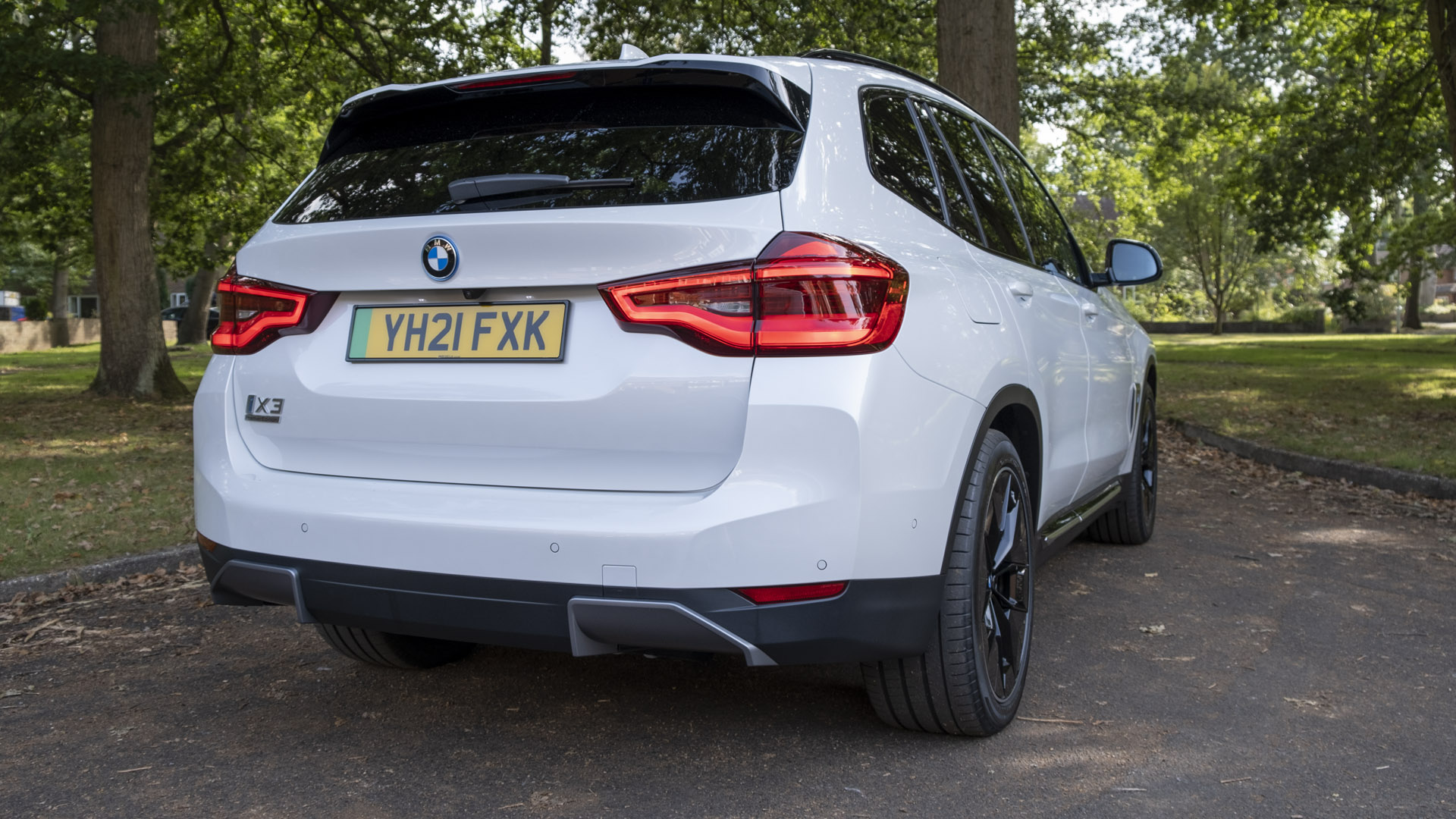
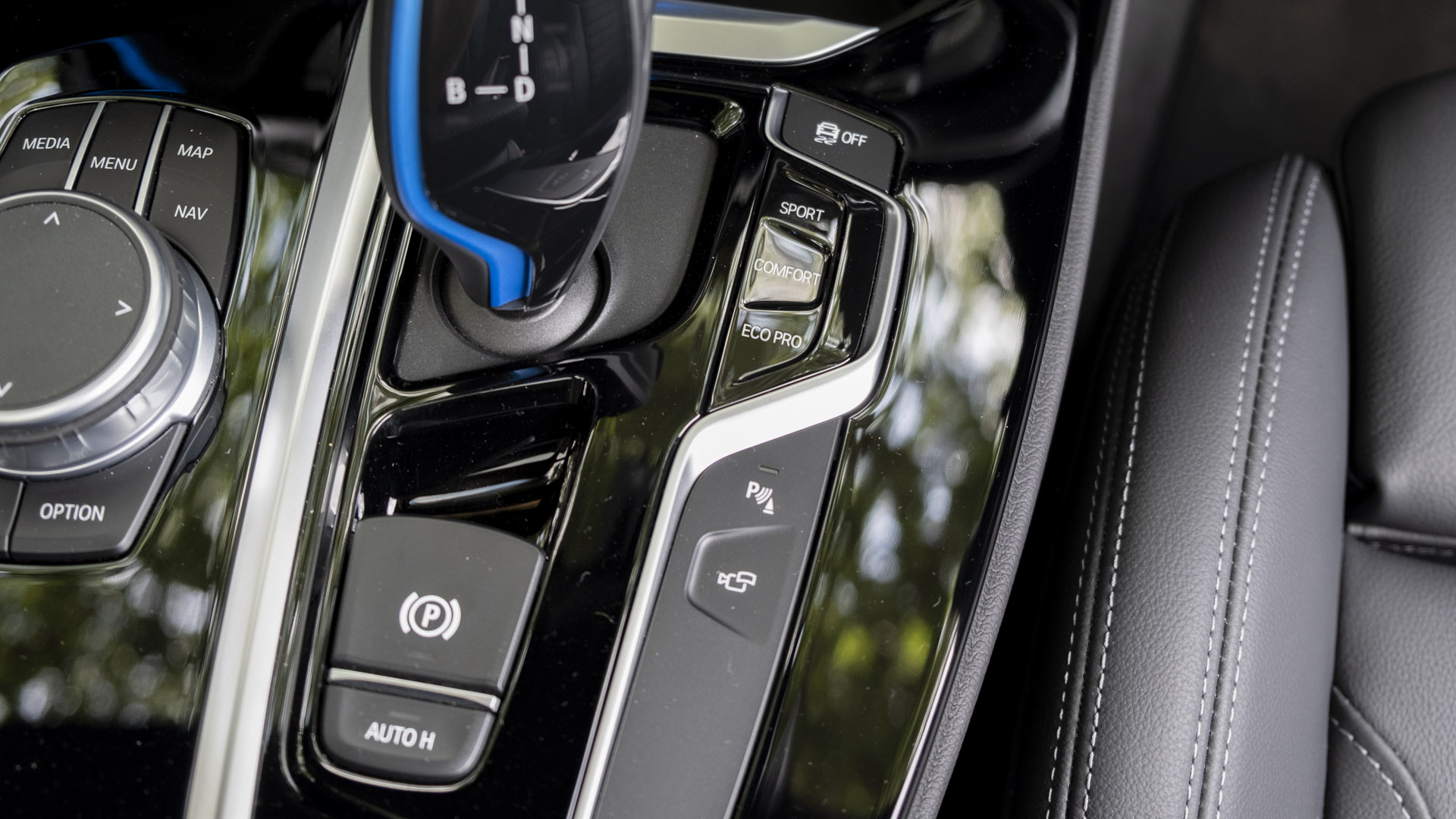
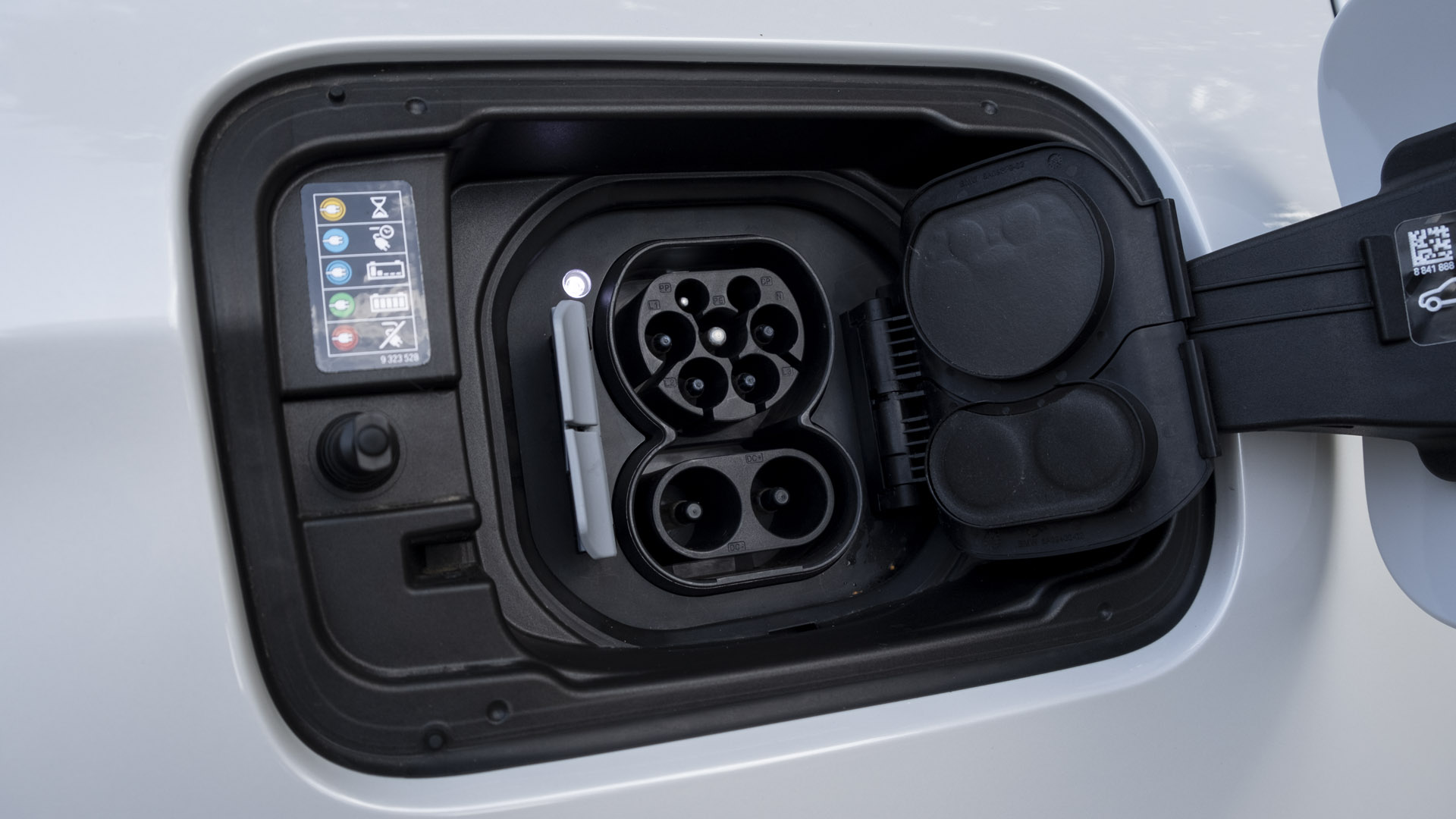
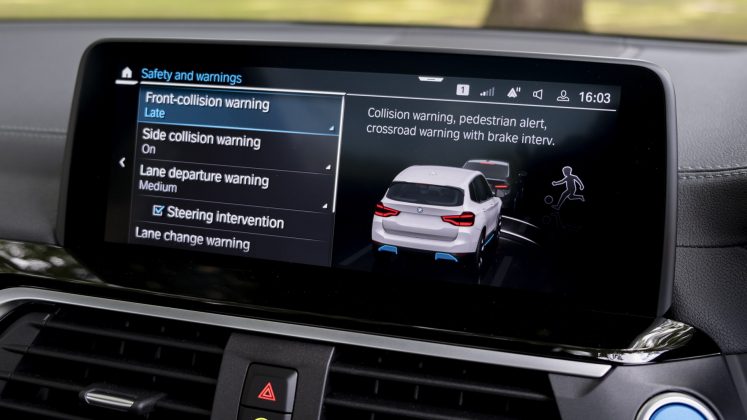
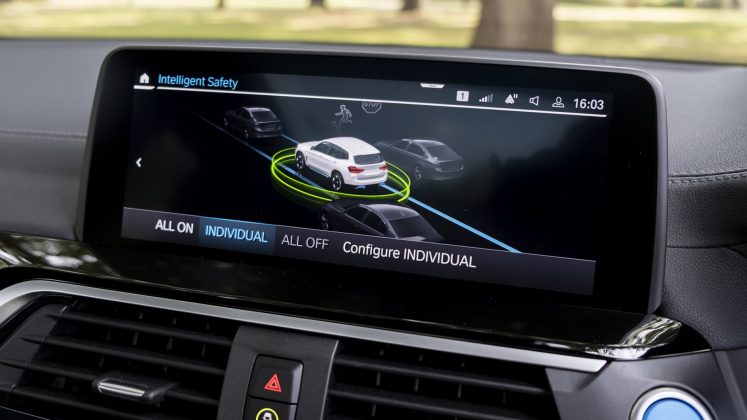
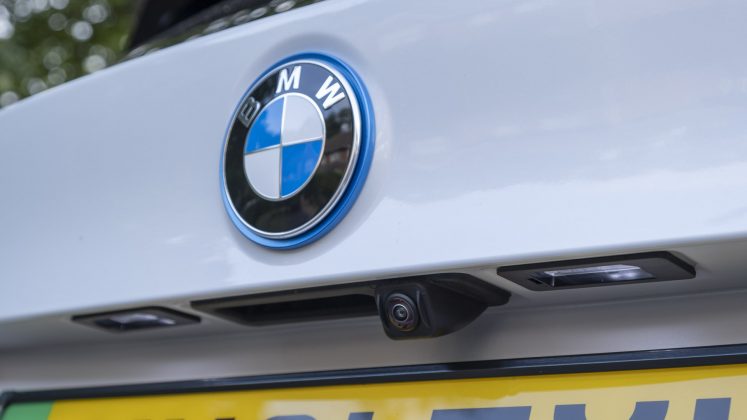
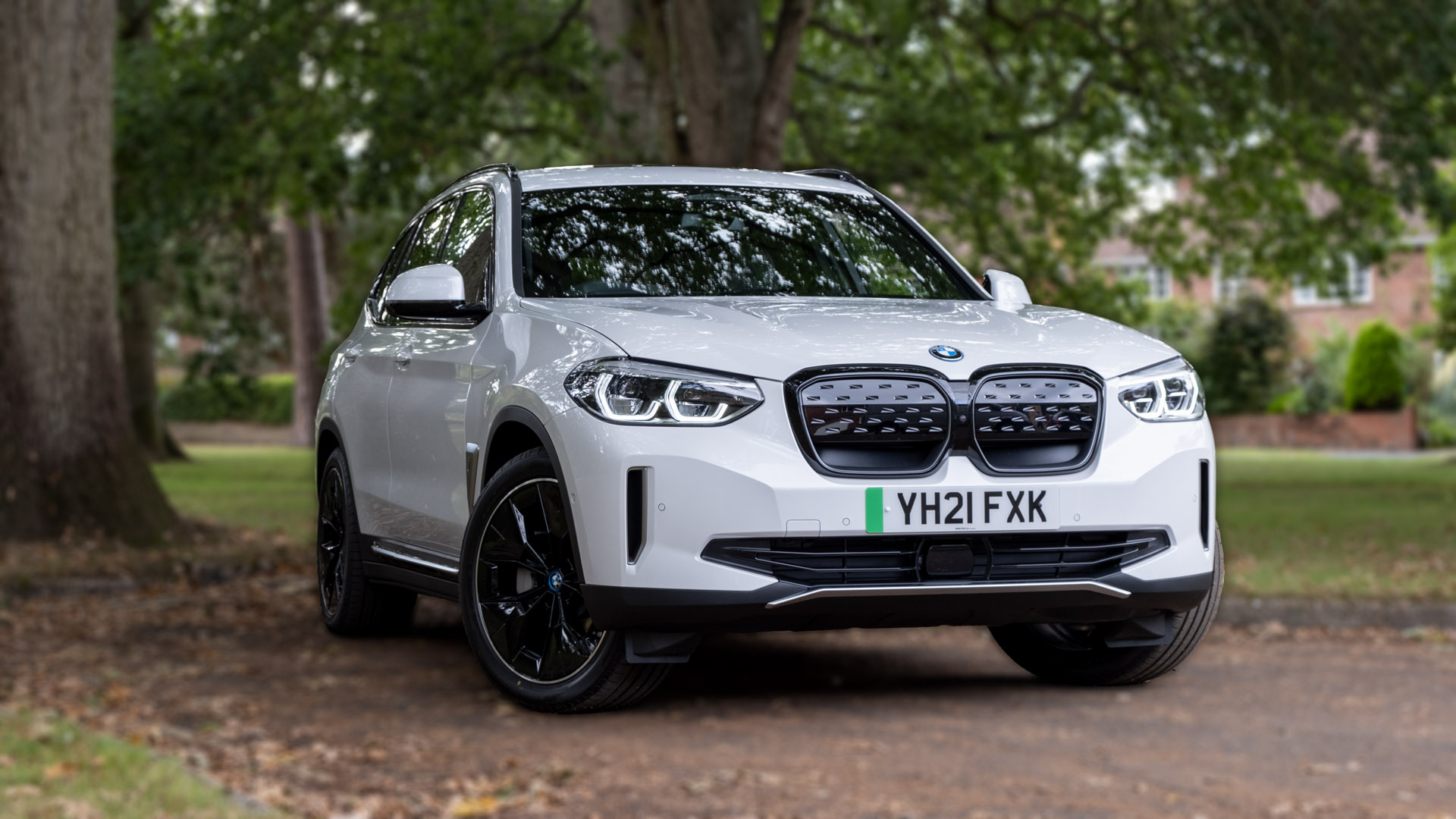




Where is your evidence that the performance of the BMW iX3 ‘is beaten by cheaper alternatives’? Did you actually test its performance, both 0-30mph and the crucial mid-range 30mph -70mph, in the real world against other alternatives? Did you fully test the BMW on a range of challenging roads to assess its road holding and general drivability? Or did you just look at the bare statistics and the SUV badge, and then draw your conclusions? I read a thorough report on the iX3, where all aspects of its performance on the road were scrutinised in detail, and the conclusions were almost the exact opposite of yours. For instance, the real 0-32mph time was quicker than the official figures, and the mid-range power was far ahead of other rivals. Overall, the BMW was a great, entertaining car to drive, that anyone would highly recommend. In future reviews, perhaps you should spend more time on comparing driving performance and general driving enjoyment rather working through software options etc that can be easily sourced from the manufacturers website.
Adrian, many of the alternatives are mentioned throughout the review and further, the tests were conducted in the same way as the other vehicles; you might have missed the praise we gave the iX3 in handling? Nevertheless, it would seem you’re basing your information on other reviews, which we can’t comment on.